Choosing a Dinghy Vehicle
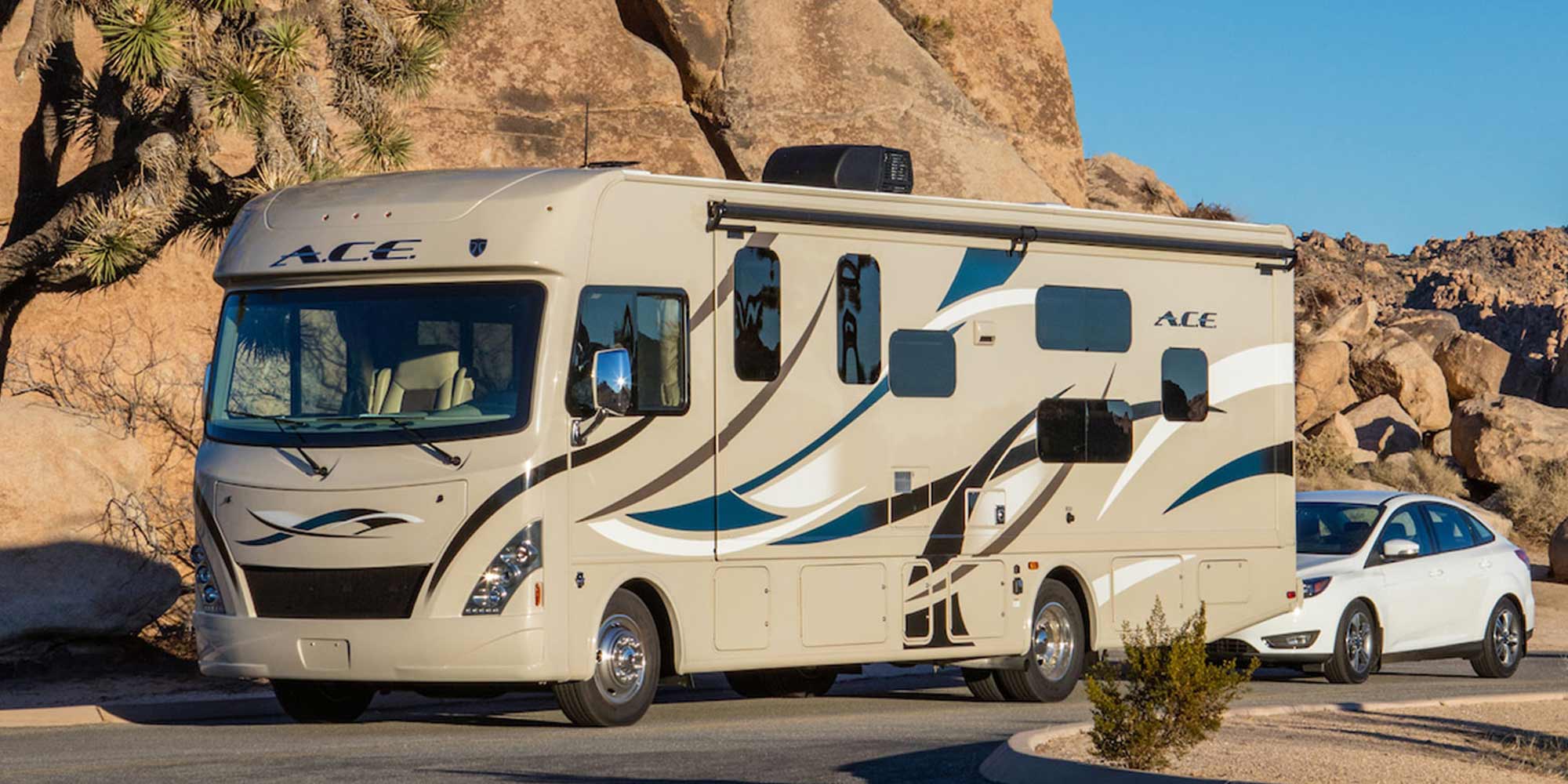
While the process of towing a vehicle with all four of its wheels on the ground isn’t difficult, choosing the right dinghy vehicle for your needs requires some research and planning on your part to make sure the vehicle you own — or wish to purchase — is suitable for dinghy towing.
Since your motorhome will be doing all of the heavy lifting, the first step is to verify its tow rating. A large gas or diesel Class A may not have difficulty towing most vehicles but a smaller Class C may have a limited tow rating, so be sure to check with the chassis or coach manufacturer first. The weight of the dinghy vehicle you are considering, meanwhile, should be available on the vehicle manufacturer’s website under “specifications.”
While you’re shopping for a dinghy vehicle, think about your lifestyle and what vehicle type is best suited for you. For example, if you like hiking and/or mountain biking, perhaps you’ll want a small SUV with 4WD/AWD and seatbacks that fold down to accommodate your gear. Deciding what you want ahead of time will help narrow the search.
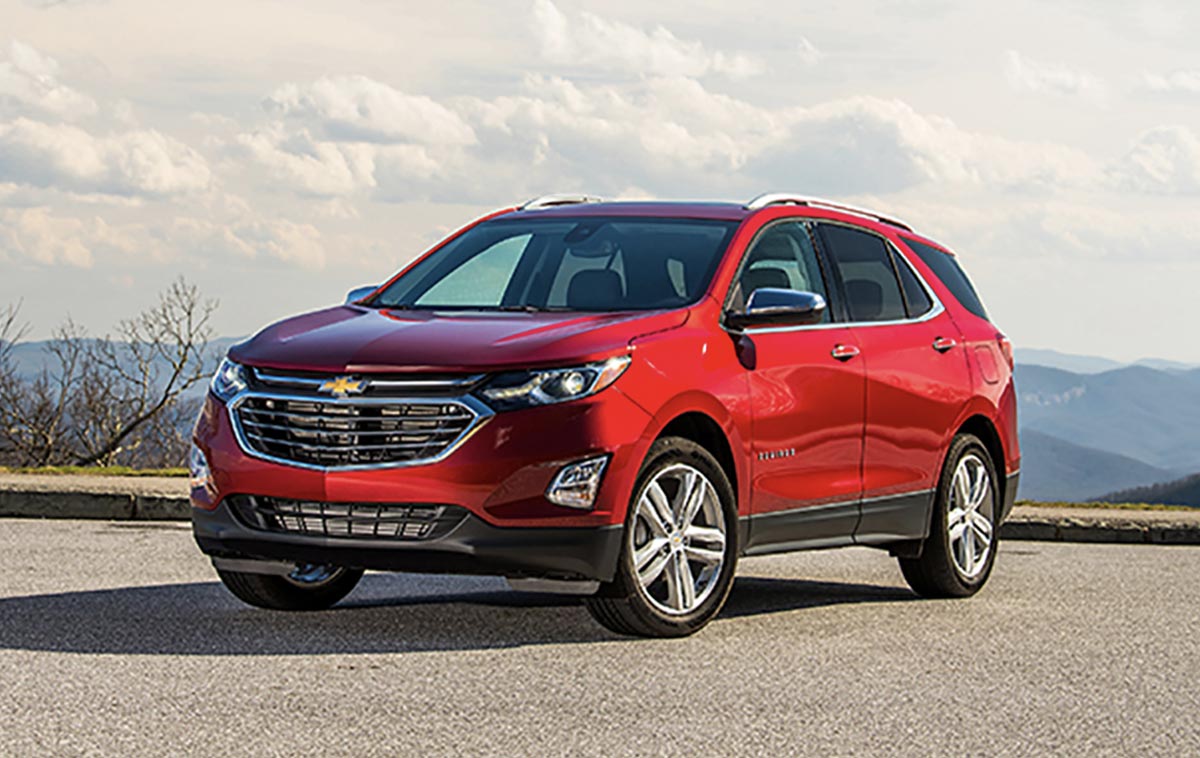
Next, you’ll need to determine if the vehicle you’re considering is towable, and what steps are necessary to ready it for towing. Unless your prospective dinghy is either several years old or isn’t in dealer showrooms yet, you should be able to download a copy of the owner’s manual online by searching the make and model of vehicle, followed by “owner’s manual.” In the index, search “towing,” which should have subheads for “recreational towing,” “flat towing,” etc. If the vehicle is towable, there will be instructions for towing it in that section, which may be as simple as turning the key to the accessory (“ACC”) position and putting the vehicle in neutral, or requires a more time-consuming process of placing the 4WD system into towing mode, removing fuses and/or disconnecting the negative battery post. There are aftermarket solutions for making some of these processes easier (found elsewhere in this issue), but of course they will come at additional cost both in initial purchase and installation labor.
Buying Used
If your vehicle isn’t towable or you don’t want to tow it, you may not need to purchase a new vehicle for your needs. In fact, we would recommend against buying new.
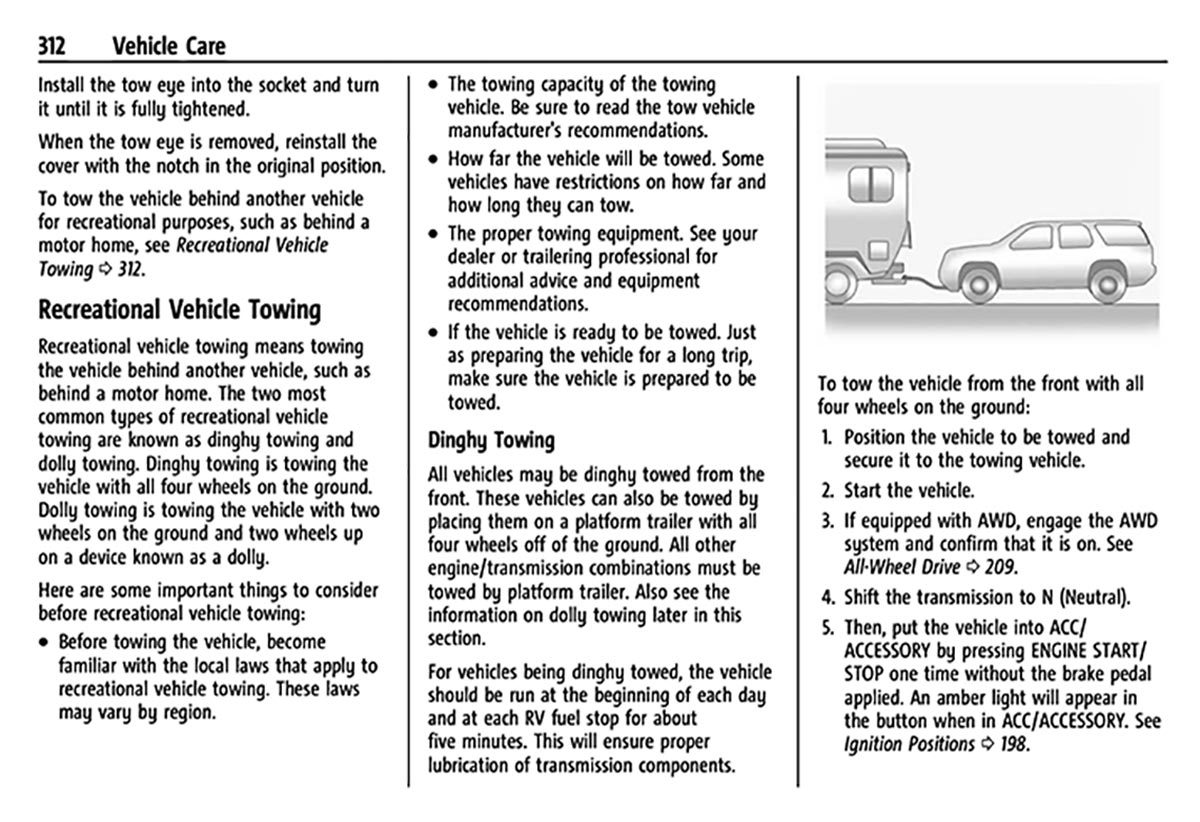
The primary reason, of course, is price. Most vehicles don’t have great re-sale value — so you can save thousands on a vehicle that is only a few years old and has low mileage. Another, equally compelling reason to buy used is that the vehicle will almost certainly incur damage while being towed no matter how careful you are. Remember, a dinghy vehicle is essentially tailgating the motorhome and may do so for thousands of miles during its lifetime. Even if you take measures to protect it, small rocks, gravel, tar and other unidentified flying objects are bound to find their way to your dinghy’s paint, glass or both. There’s also no accounting for rogue weather in some areas of the U.S. If you haven’t seen what golf ball-sized hail can do to a car, well, let’s just say it will dimple your dinghy like a golf ball, too. You don’t want your dinghy vehicle to get damaged no matter what you paid for it, but it’s easier to stomach when you haven’t paid top dollar.
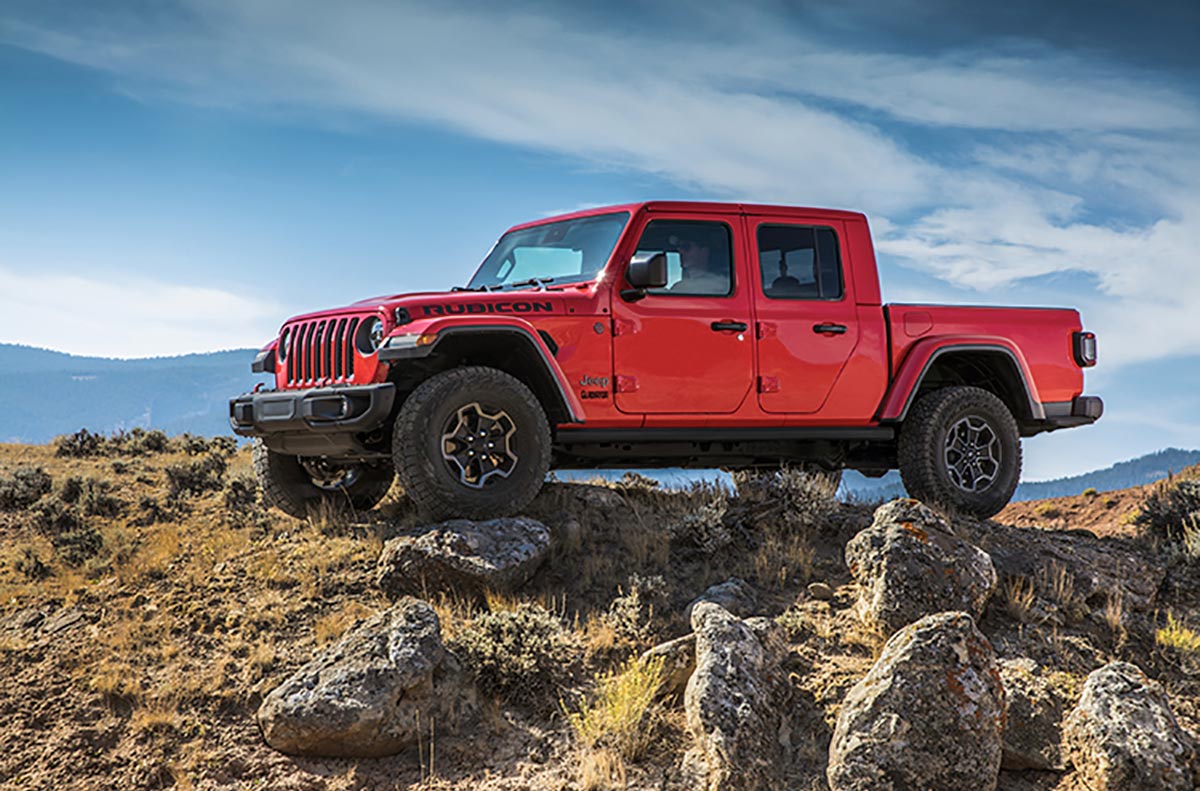
It may sound counterintuitive, but shopping for a used dinghy vehicle may actually offer more choices, as well. Most new vehicles are not available with a manual transmission (which may make towing possible) and those that are equipped with automatics may be of the Continuously Variable Transmission (CVT) variety, which are not towable in most cases. In fact, the CVT has made many a popular dinghy untowable in recent years — one of the latest casualties was the popular Honda CR-V, which was only offered with a CVT starting in the 2015 model year.
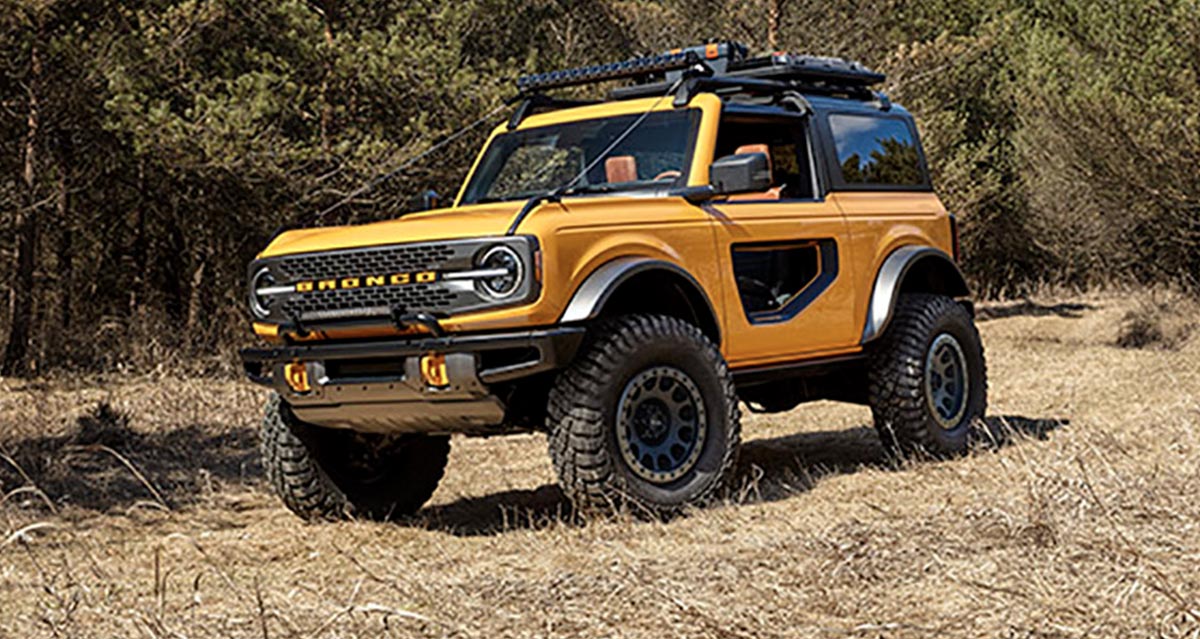
As newer vehicles become more complex, they often require more steps to make them towable — including (but not limited to) disconnecting the negative battery cable, removing specific fuses and performing a carefully choreographed dance that may include pushing buttons, moving levers and waiting for certain lights to flash their approval. By contrast, older vehicles usually only require that the transmission be in neutral and the key be turned to the ACC position so that the steering wheel doesn’t lock while towing. But again, always check the vehicle owner’s manual to be sure. If one is not available, you may be able to purchase or read an owner’s manual online.
With a little research and careful shopping, you can find a dinghy that will fulfill all of your travel needs and help you enjoy your travels to the fullest.
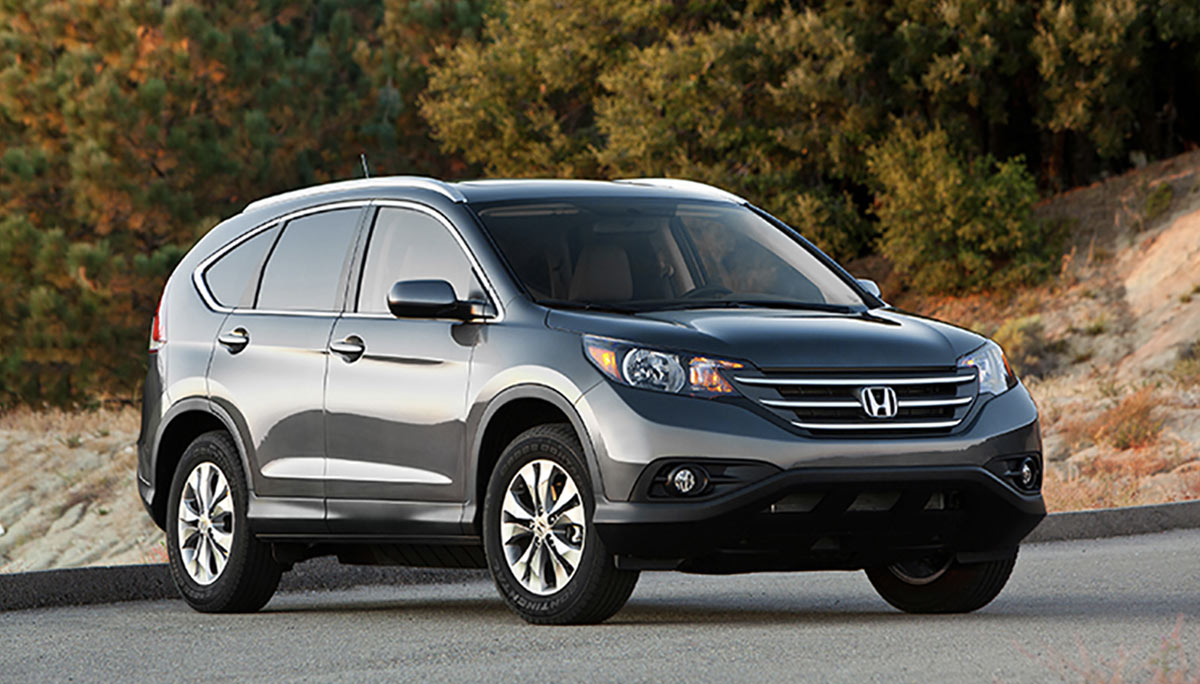
WHEN NOT APPROVED FOR TOWING
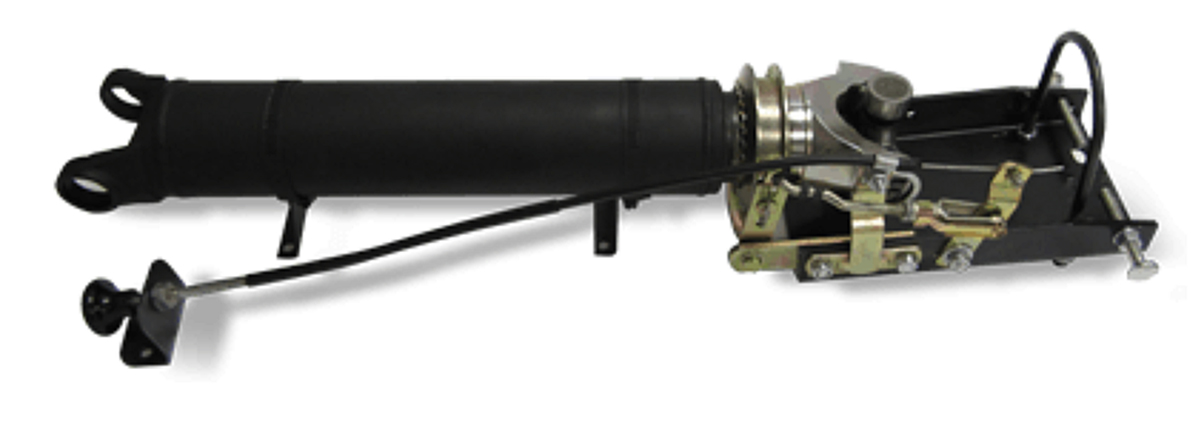
Vehicles that are not approved for towing will either state such in the owner’s manual or will not mention towing at all other than for emergency situations. However, that doesn’t necessarily mean that they can’t be towed. Some manufacturers have never conducted any testing to see if the vehicle can be towed successfully, so it’s just easier to state that they can’t be towed rather than deal with warranty issues. Other models will face catastrophic failure to the automatic transmission or drivetrain (usually in AWD systems) if the vehicle is towed with all four wheels on the ground.
The good news is, none of this necessarily precludes the vehicle from dinghy towing — but it will likely require additional equipment, cost and labor time to make towing possible and may not be worth the additional effort. Until recently, Remco Towing offered lubrication pumps backed by a one year/10,000-mile warranty that would circulate fluid through the transmission, preventing it from overheating and failure. The company closed its doors in October 2020, but as of this writing, some RV product warehouses still have some in stock. There are a few other companies that offer lube pumps as well — a Google search will likely turn one up if it’s available.
If it’s the drivetrain that concerns you, a driveshaft disconnect kit can be employed so that the transmission internals aren’t spinning during the towing process. These kits typically include a cable-operated control located within the cockpit, so the driveshaft can easily be disconnected before towing. There are a number of vendors that offer kits — simply enter “driveshaft disconnect” in your search engine of choice and you’ll likely be met with a few different options.
Finally, remember that, although there are a variety of products that can make a new vehicle towable, it doesn’t necessarily mean that the vehicle is towable as far as the manufacturer is concerned. If the vehicle is not officially approved by the manufacturer for dinghy towing in writing, the warranty will be void if any component failures occur while towing. This may be yet another reason to choose a different vehicle for towing.
Already a Subscriber? Click here for Access to the Full Issues.

